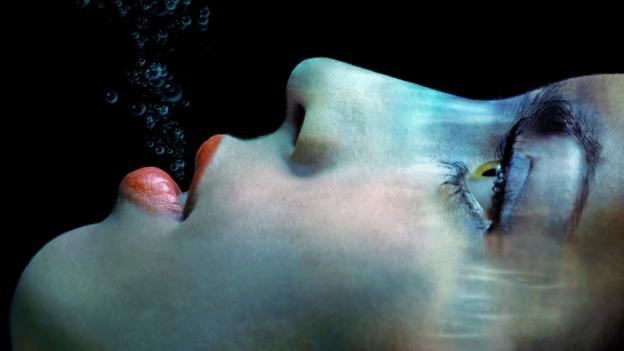A radical procedure that involves replacing a patient's blood with cold salt water could retrieve people from the brink of death, says David Robson.

“When you are at 10C, with no brain activity, no heartbeat, no blood – everyone would agree that you’re dead,” says Peter Rhee at the University of Arizona, Tucson. “But we can still bring you back.”
Rhee isn’t exaggerating. With Samuel Tisherman, at the University of Maryland, College Park, he has shown that it’s possible to keep bodies in ‘suspended animation’ for hours at a time. The procedure, so far tested on animals, is about as radical as any medical procedure comes: it involves draining the body of its blood and cooling it more than 20C below normal body temperature.

Samuel Tisherman (left) and Peter Rhee (right)
Once the injury is fixed, blood is pumped once again through the veins, and the body is slowly warmed back up. “As the blood is pumped in, the body turns pink right away,” says Rhee. At a certain temperature, the heart flickers into life of its own accord. “It’s quite curious, at 30C the heart will beat once, as if out of nowhere, then again – then as it gets even warmer it picks up all by itself.” Astonishingly, the animals in their experiments show very few ill-effects once they’ve woken up. “They’d be groggy for a little bit but back to normal the day after,” says Tisherman.
Tisherman created headlines around the world earlier this year, when he announced that they were ready to begin human trials of the technique on gunshot victims in Pittsburgh, Pennsylvania. The first patients will have been so badly wounded that their hearts have stopped beating, meaning that this is their last hope. “Cheating death with ‘suspended animation’” is how CNN put it; “Killing a patient to save his life” was the New York Times’ take.
From BBC-Future
No comments :
Post a Comment
comentários